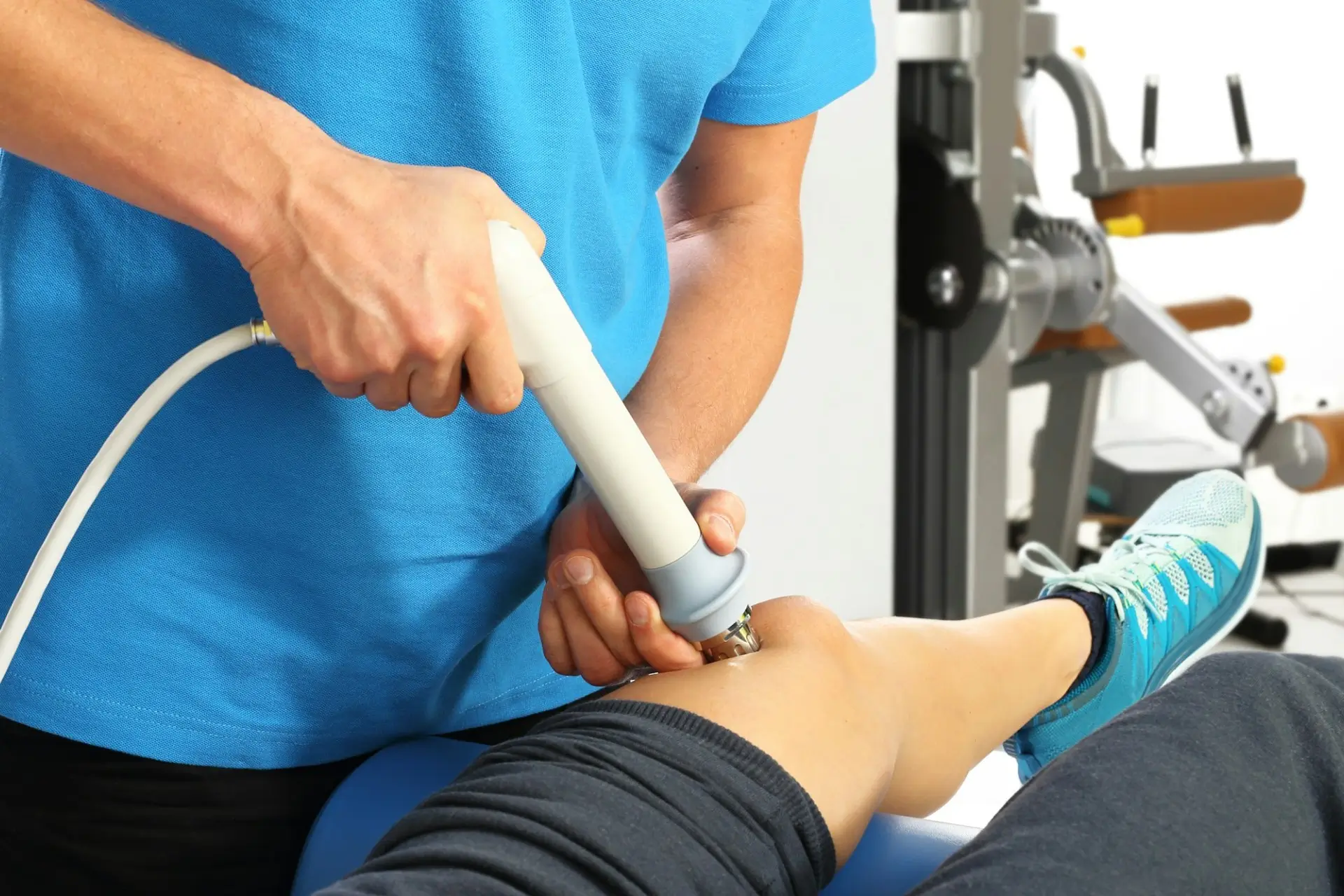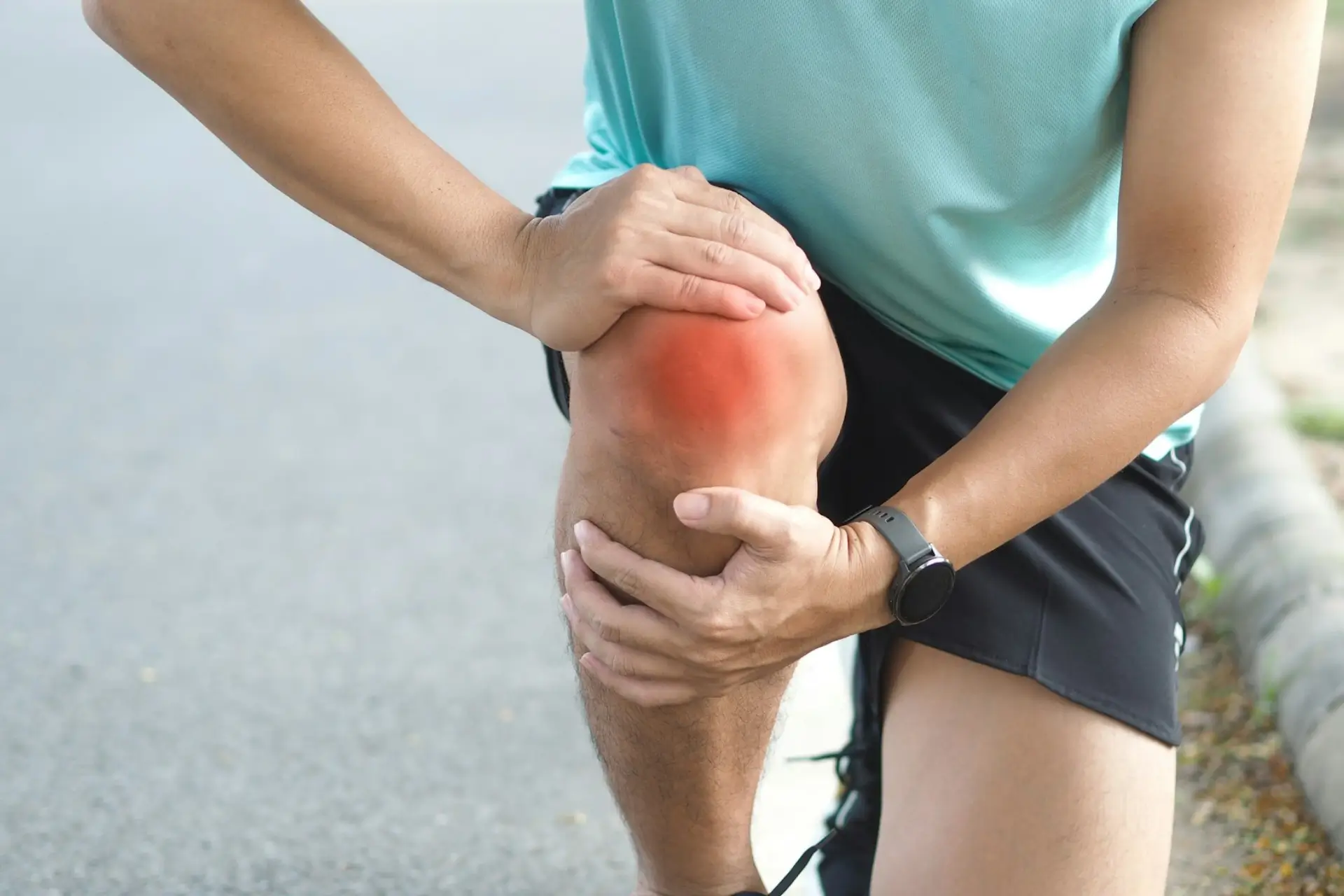Effective Physical Therapy for Shoulder Tendonitis Relief

Studies show almost 70% of people will have shoulder pain sometime in their lives. One of the many conditions they may experience is shoulder tendonitis. While it’s common among athletes with shoulder injuries, it can also develop in anyone due to repetitive motions or overuse.
Shoulder tendonitis is inflammation of the rotator cuff or biceps tendon. They can become inflamed from muscular imbalance leading to abnormal posture, which results in the top bone of the shoulder pinching the tendons. Symptoms can range from slight stiffness to severe pain, depending on the severity of the condition.
If left untreated, it can lead to debilitating complications. It’s important to seek effective treatment at the onset of symptoms. This can include physical therapy to relieve symptoms and prevent further injury.
This article examines the key components of physical therapy for shoulder tendonitis. It also discusses a few effective exercises and ways to prevent future occurrences.
Diagnosing Shoulder Tendonitis
If you are experiencing chronic shoulder pain, visit your physician or a specialist. Your initial visit will include a shoulder and arm examination and symptom evaluation. Their questions will focus on recent activity and injuries.
They will also review your medical history, noting any underlying conditions. Further testing may become necessary based on their findings. These could include X-rays, ultrasounds, and an MRI scan. Your physician will then advise on management and treatment after confirmation of the diagnosis.
This will depend on your symptoms, the severity of the condition, and age, among other factors. Initial recommendations typically include rest, ice packs, and wraps, along with other non-surgical options such as:
- Nonsteroidal anti-inflammatory drugs (NSAIDs)
- Corticosteroid injection
- Platelet-rich plasma (PRP) therapy
- Physical therapy
Physical therapy will involve an initial evaluation assessing your range of motion, strength, and muscle imbalances.
Key Components of Physical Therapy for Shoulder Tendonitis
Physical therapy for shoulder tendonitis will help you return to normal activities and manage the pain. It includes exercises to improve your range of motion and mobility.
Pain Management
Reducing inflammation of the muscles and tendons can bring patients shoulder pain relief. This may include using therapeutic modalities such as a TENS machine, Light Force Laser Therapy, or iontophoresis. Both assist with pain management.
Activity modifications will also help to avoid aggravating the injury. You should avoid reaching out, up, or overhead as much as possible.
Mobility and Flexibility
Effective pain management helps your body better tolerate mobility and flexibility therapy techniques. These include soft tissue massage, joint mobilization, stretching exercises, Active Release Techniques, and Graston techniques. They target tight muscles and improve shoulder mobility.
Strengthening Exercises
Targeted strengthening exercises can identify and address muscle weaknesses or imbalances. They incorporate the use of resistance bands, weights, and body weight. Using these helps gradually rebuild your strength.
Functional Training
Dynamic, sport-specific exercises will usually follow general strengthening exercises. These help prepare you for a return to regular activities. Functional training ensures the restoration of proper movement patterns and biomechanics.
Four Effective Shoulder Tendonitis Exercises
Recovery times for shoulder tendonitis can range from four weeks to a year. This depends on the severity of the injury. Proper treatment and care can accelerate healing and may include:
Stand in an open doorway and raise your arms, bending them 90 degrees at the elbow. Press each palm against the side of the door frame and lean forward to stretch your chest and shoulders. Hold this pose for 30 seconds, then relax and repeat three times.
2. Side-Lying External Rotation
You will need a light dumbbell for this exercise. Your therapist will recommend an appropriate weight. However, if the injury is severe they will advise not using any weight.
Lie on the unaffected side with your elbow bent at 90 degrees. Your dumbbell should be in your hand, palm down on the affected side. Slowly raise the weight up and down while keeping your elbow pressed to your side. Perform three sets of 10 to 20 repetitions.
3. Reverse Fly
The reverse fly requires two light dumbbells. Stand with your feet shoulder-width apart and bend slightly at the hips. Your arms should hang straight down as you hold a dumbbell in each hand.
Squeeze your shoulder blades together as you raise your arms outward until parallel with your shoulders. Slowly lower them back down. Complete three sets of 10 to 15 reps.
4. High to Low Rows
You will need a resistance band to do high to low rows. Your physical therapist will advise on the recommended tension.
Attach the resistance band to a stable object at shoulder height. Stand with your feet shoulder-width apart and pull the band down towards your hips, squeezing your shoulder blades together as you do so. Perform three sets of 10 to 15 reps.
Importance of Patient Education
Patient education is an important part of recovery. Knowing how your shoulder works and the movements that impact your injury helps.
An experienced physical therapist will incorporate this in their patient’s treatment. They will educate them on the biomechanics and anatomy of the shoulder.
Patients will also receive guidance on proper posture, body mechanics, and activity modifications. Such comprehensive treatment methods empower patients, giving them an active role in their shoulder rehabilitation.
Return to Sport and Activity
Once symptoms improve, you can gradually reintroduce sports and activities. However, it’s crucial to have a proper warm-up, use the correct technique, and pace yourself to avoid re-injury. Sport-specific training will ensure you return safely to your previous level of play.
Preventing Future Shoulder Tendonitis
It’s natural to have concerns about a recurrence. Your anxiety may increase when returning to activities that may have caused the initial injury.
Maintaining shoulder mobility, strength, and stability helps. Continued exercise can also prevent future shoulder tendonitis.
Your therapist will address any underlying muscle imbalances or movement dysfunctions. They will also advise on proper ergonomics and body mechanics for daily activities.
Effective Therapy That Provides Shoulder Tendonitis Relief
Physical therapy for shoulder tendonitis helps manage the pain associated with the condition. Targeted exercises improve your mobility, flexibility, and strength. They allow you to recover and return to daily activities.
Canyon Lake Chiropractic and Physical Therapy offers a comprehensive, patient-centered approach. This ensures lasting relief and prevents recurrence. Our professional team of doctors provides accurate diagnosis, effective treatment, and preventative care and maintenance.
We can do the same for you. You don’t have to continue living in pain. Contact us today to start your journey towards a pain-free life with our expert care.


